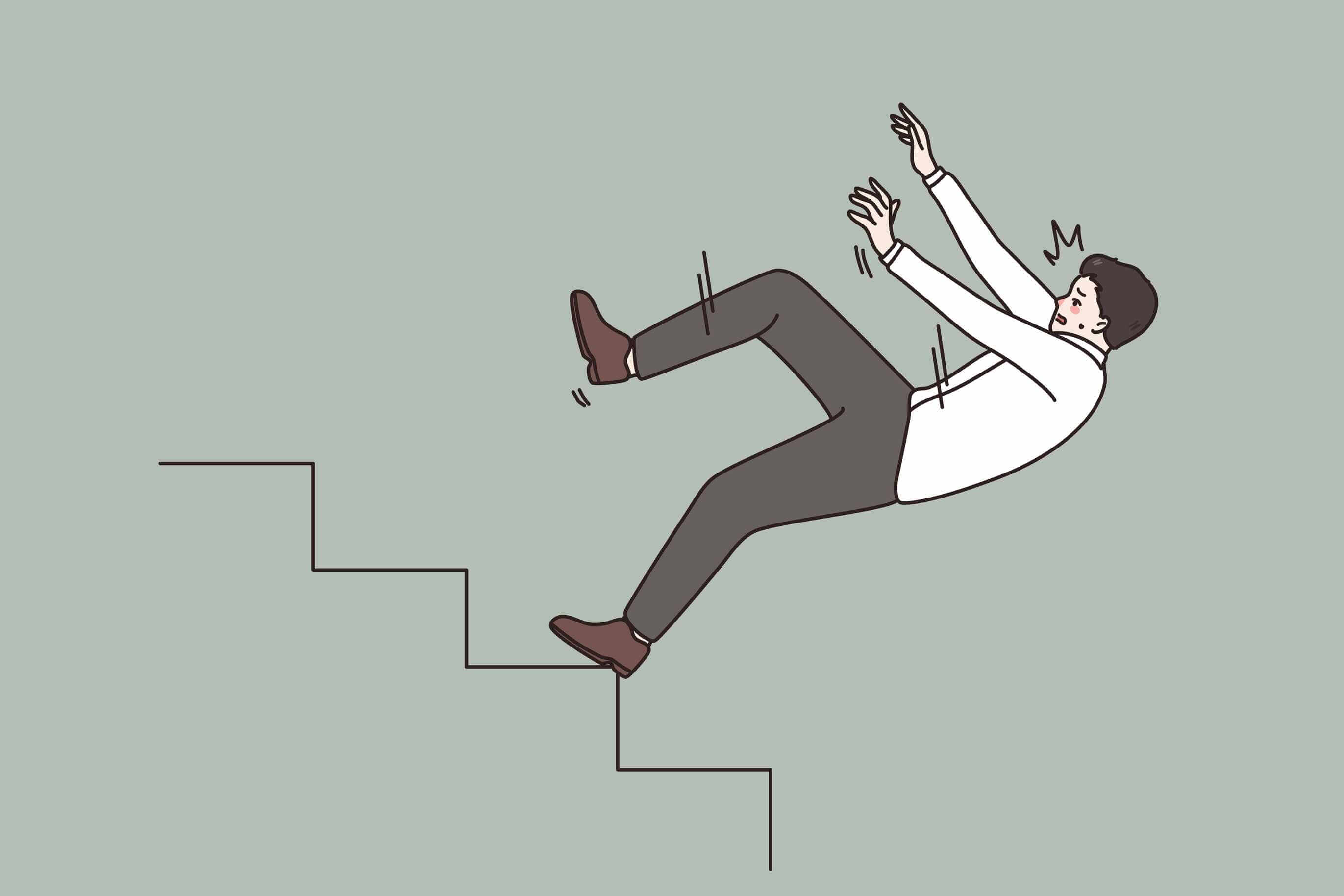Creating A Safe And Supportive Home Environment For Seniors

A safe home is more than just four walls. It is the foundation of independence and dignity for seniors. As people age, tasks that once felt simple can become more difficult. Slippery bathrooms, poor lighting, or furniture that is not senior-friendly can quickly lead to accidents or discomfort.
For many older adults, the home is where they feel most comfortable. But without the right adjustments and support, it can also be full of hidden risks. Creating a safe and supportive home environment not only reduces accidents but also builds confidence for seniors to continue living independently.
Why Safety at Home Matters for Seniors
Falls and injuries are among the leading causes of hospital visits for older adults. Unsafe environments can also lead to anxiety, social withdrawal, and a loss of independence. Families often underestimate how much a home environment impacts wellbeing.
With the right adjustments and support, seniors can thrive in their homes longer. A safe home provides peace of mind not only for the individual but also for families and caregivers who want their loved ones to remain comfortable and secure.
Fall Prevention Strategies
Fall prevention should always be a priority. Household risks such as cluttered walkways, uneven flooring, and poor lighting increase the chance of accidents. Simple changes like adding handrails or brighter lights can greatly reduce risks.
Grab bars in bathrooms and near entryways provide much-needed stability. Regular safety assessments also help families spot hazards before they become problems. In-home support services add another layer of safety by assisting with mobility and daily routines.
Safer Pathways at Home
Clear pathways are vital for seniors who use walking aids or wheelchairs. Furniture should be arranged with enough space to allow easy movement. Loose rugs and electrical cords should be removed or secured to prevent trips.
Small changes like adding non-slip flooring or threshold ramps improve safety and accessibility. Professional support services can also guide families on creating layouts that promote safe mobility.
Ergonomic Furniture for Comfort
Furniture that is too low, too soft, or poorly positioned can increase risks for seniors. Ergonomic chairs with firm cushioning and armrests provide stability, while adjustable beds support both comfort and health.
Even small adjustments, such as cushions or footrests, make everyday routines less straining. Carers can also assist seniors in selecting and adapting furniture to meet their individual needs.
Bathroom Safety Tips
Bathrooms are among the most dangerous areas for seniors. Wet tiles and limited support make slips and falls more likely. Non-slip mats, raised toilet seats, and grab rails reduce these risks significantly.
Walk-in showers with seating and handheld shower heads make bathing safer and more comfortable. In-home support during personal care routines also ensures seniors are protected without losing dignity.
In-Home Support Services
Safe homes are not just about physical changes. Many seniors also need help with daily activities such as cleaning, cooking, and personal care. These services support independence while easing pressure on families.
Providers like Ross Care deliver Supported Independent Living and In-Home Support Services across Adelaide. Their personalised approach empowers seniors and people with disabilities to live safely, comfortably, and with dignity in their own homes.
Building Confidence with Care
Seniors often fear losing independence, which can lead to reduced mobility and social isolation. Unsafe homes only make this worse. With proper adjustments and reliable care, seniors gain confidence to stay active at home.
Support workers encourage engagement and provide reassurance. Whether through mobility help, personal care, or companionship, these services strengthen both independence and wellbeing. Technology also plays a growing role in enhancing independence, with tools and innovations that improve quality of life in senior living communities and at home.
Families and Caregivers as Partners
Creating a safe home is a shared responsibility. Families, caregivers, and support workers must work together to maintain safety and comfort. Regular assessments of the home environment help identify new risks as needs change.
Communication between seniors, families, and care providers ensures solutions are personalised. A collaborative approach makes the home a space that adapts with changing health and mobility needs. Families who live apart can still play an active role by exploring ways to take care of senior parents remotely, ensuring their loved ones receive support even from a distance.
Practical Steps for Safer Homes
Transforming a home does not need to happen all at once. Small and consistent improvements add up to long-term safety. Families can start by:
- Clearing walkways and removing clutter
- Installing grab bars in bathrooms and stairways
- Adding brighter bulbs or motion-sensor lighting
- Choosing ergonomic chairs and beds
- Arranging regular in-home support visits
Combining physical changes with dedicated care services ensures seniors remain safe, independent, and comfortable at home.
Wrap Up
A safe and supportive home environment is key to maintaining independence and quality of life for seniors. From fall prevention to ergonomic furniture and bathroom safety, every adjustment improves comfort and confidence. Professional in-home support services add another layer of reassurance. With the right balance of home adjustments and personalised care, aging at home becomes not only possible but fulfilling.
The post Creating a Safe and Supportive Home Environment for Seniors appeared first on Wellbeing Magazine.
Popular Products
-
 Large Wall Calendar Planner
Large Wall Calendar Planner$55.76$27.78 -
 Child Safety Cabinet Locks - Set of 6
Child Safety Cabinet Locks - Set of 6$83.56$41.78 -
 USB Touchscreen Heated Fingerless Gloves
USB Touchscreen Heated Fingerless Gloves$75.56$37.78 -
 Golf Swing Trainer Practice Stick wit...
Golf Swing Trainer Practice Stick wit...$21.56$10.78 -
 Golf Swing Training Belt
Golf Swing Training Belt$41.56$20.78